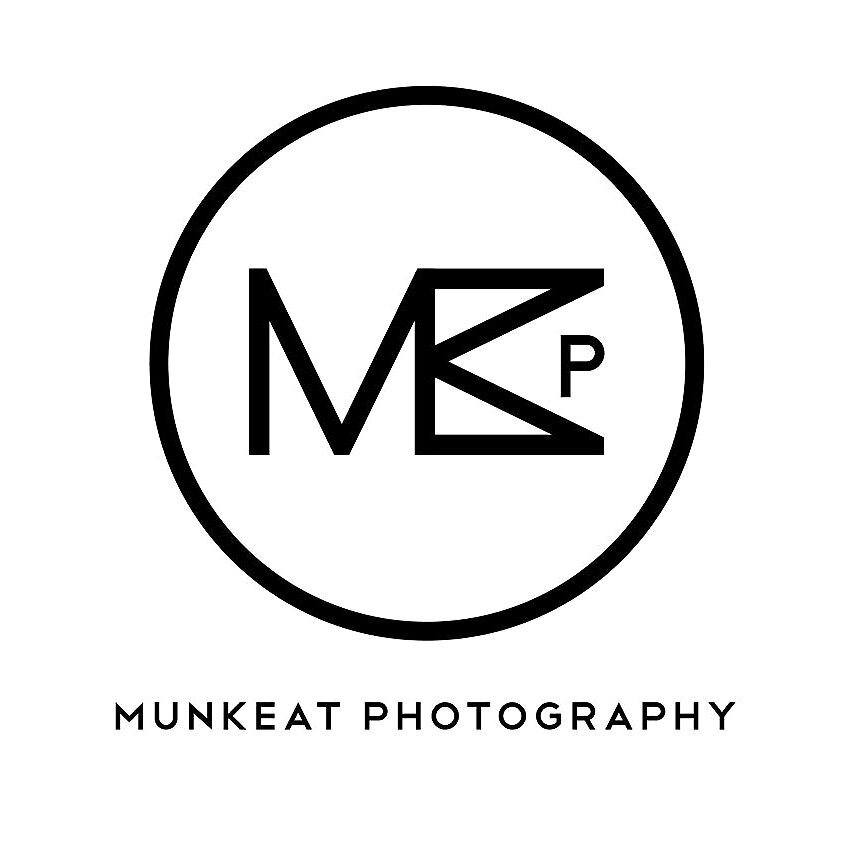1. Yashica 124G 2. Minolta Autocord 3. Rolleiflex T 4.Rolleilex 3.5F 5. Rolleiflex 2.8F
I am a huge fan of rangefinder and TLR cameras and I am thankful to have these few awesome cams in my collection. I will be doing reviews on every single of it and share my thoughts and experience shooting with these beauties.
Minolta Autocord
Starting off with the humble Minolta Autocord, which one could purchase for around USD 250 to 370 or so for a decent used copy. Equipped with Minolta Chiyoka Rokkor 75mm f3.5 taking lens and Seikosha MX shutter, the camera is a great performer for it's price. The lens is the greatest asset of this camera. Though it was built sometime back in the 60's the image from the Rokkor lens on this camera looks rather modern and almost digital like specially with Pro400H and Pro160NS which I tested on. The image is slightly more vibrant and contrasty with great amount of details even when shot wide open. Sharpness is certainly not an issue for this lens be it at the center or corner. Very snappy with smooth out of focus bokeh.
In terms of operation, this camera is one of the odd one out as compared to the rest in the TLRs. The film is loaded on the opposite direction of all other TLR in the market in which the film roll is at the bottom while the spool is at the top. Hence if you have a Rolleiflex or a Yashica Mat, you might be confused with the loading at times.
Apart from that, the focus knob is located right below of the taking lens operating in a sweeping motion. The rest of the camera maker opted for the focus knob on the side of the camera body which I feel is more intuitive and ergonomic. Focusing the Autocord for the very first time do feel a bit awkward but after a couple of shots I am starting to feel at home with it. From what I gathered from the Minolta collectors forum, the sweeping focus allow one hand operation where the user could use the thumb and index finger to move the focus tab while using the ring finger to push the shutter release button. Thought this is indeed useful but the design and material used might not be the best. The main problem with this TLR is the focus tab being stiff after years of operation due to harding / drying of the lubrication used. This Left and right movement stresses the focus shaft which causes it to break over time. This is a known issue with this camera. Hence If you feel that your Autocord is having a stiff focus issue, kindly send it for CLA ( clean, lubricate, adjustment ) or some called it overhaul .
While as for the waist level finder, I wouldn't say it's the brightest but as compared to the rest of the TLR at this price range, it's a fair performer. Changing the focus screen would certainly help to ease out the focusing process but finding one with a decent price is certainly not easy.
Metering is non existence in this camera of this era hence an external light meter is recommended.
Summary
Pros : Amazing Minolta Chiyoka Rokkor 75mm f3.5 lens for this price range of TLR. Good contrast, great color rendition and not too prone to flare.
Cons : Camera focus tab is the achilles heels of this camera. Many units which I saw on sale have a broken focus tab ! The ergonomics of this camera can be a little quirky. Even thought Minolta claimed that this is the only TLR camera which you can focus with just one hand but the fact is ...why use one hand when you are blessed with two ?
Buying tips : All version of Autocord looks rather the same and the upgrades are very minute. Older version have no light meter while the later units have light meter. I would suggest to go for the non-light metered version as most of the light meters in the unit are either faulty or inaccurate by now. That would save your some money and weight as well. Always check the focus tab throughly to see if it's easy to focus or simply being THERE as the camera looks rather complete even the tab is missing! Just make sure you see a metallic round stud at the focusing scale area which looks like a smiley face : ) Should the focusing is not smooth or has a lot of friction, try to avoid it unless you are willing to pay for a CLA which might cost your around RM300.
My thoughts : I feel this is one of the best bang per bucks TLR camera out there in the used market. The direct comparison for TLRs at this price range would be the Yashica Mat variants , more beat up condition Rolleicords and the China made Seagull or some called it Hai 'O. The lens is really nice, decent built quality and again make sure the focus tab works !





